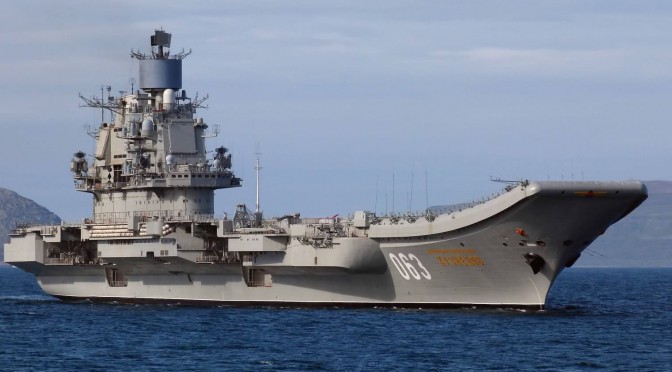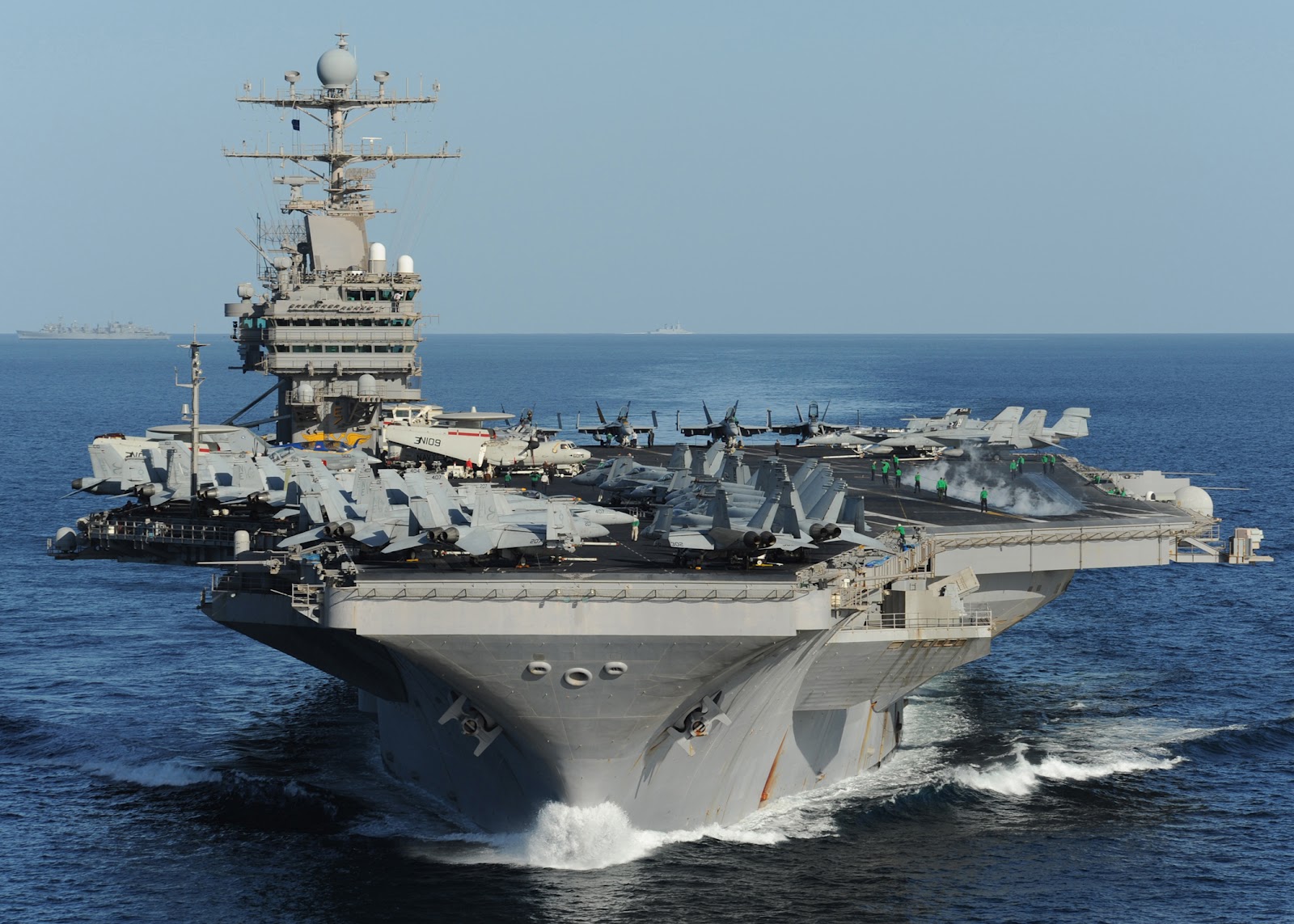The ramp design may be referred to as STOBAR (Short Take-Off But Arrested Recovery), and this is a fairly simple design to implement. However, the complexity is pushed into the aircraft. Since there is no catapult assistance, aircraft have a hard requirement to take off in the space available, given the ramp at the end. This limits the types of aircraft that can be launched, typically to fighter aircraft that already have high thrust to weight ratios, or aircraft specifically designed for short takeoff capability. Takeoff weight may be limited. Aircraft still must be equipped with an arresting hook for landing.
A catapult system may be referred to as CATOBAR (Catapult Assisted Take-Off But Arrested Recovery), and this allows for launching a much wider range of aircraft. For example, CATOBAR carriers can launch large aircraft like the C-2 or E-2. These aircraft would not be able to take off from a carrier without catapult assistance, and provide carrier resupply or AWACS capability. Even fighters that may be able to take off without assistance can be launched with much more payload. However, this capability comes with a cost. The aircraft will need to have strengthened landing gear to withstand catapult launches. The carrier is also made more complex, placing an additional demand on a boiler or generator to provide the large amount of steam or electricity needed to launch aircraft. Modern US carriers are nuclear powered, providing the energy needed for this system.
There are also practical considerations in aircraft carrier design. The ramped deck may detract from available space on deck for parking aircraft. You can find many pictures of CATOBAR carriers with aircraft parked on the bow area, which would be difficult on a STOBAR carrier. The angled deck on modern carriers would still allow for launch and recovery of aircraft on a CATOBAR carrier with the bow area occupied. The ramp also reduces forward visibility for maneuvering the carrier. On a CATOBAR carrier, the flight deck must be designed to include the catapults, while on a STOBAR carrier, only the blast deflectors must be integrated into the deck.


